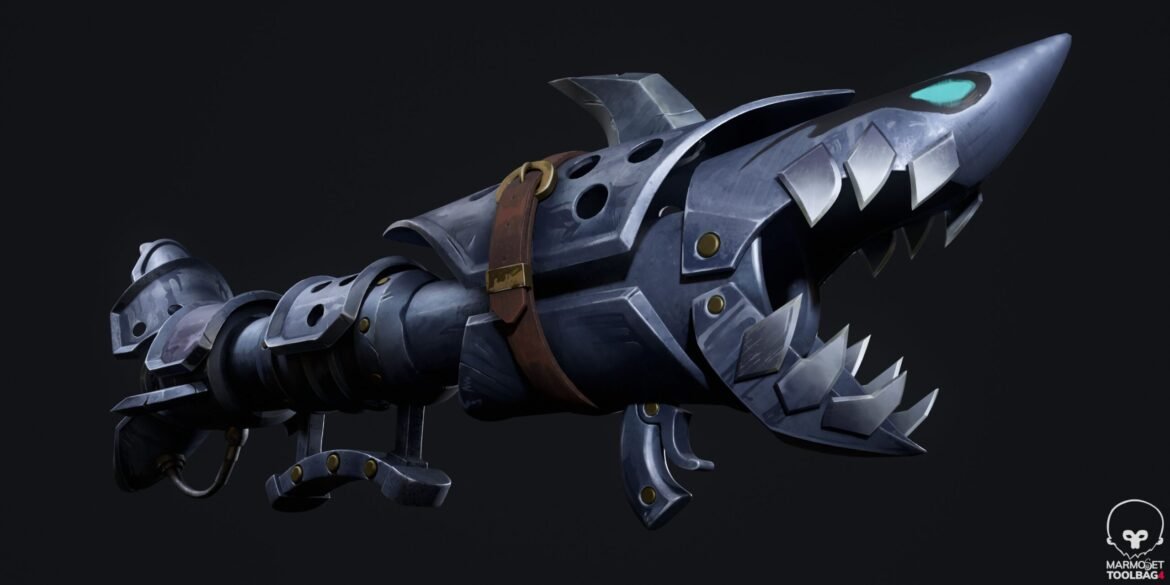Table of Contents
Introduction to 3D Modeling
M3DSAcademy provides aspiring artists with the skills and knowledge necessary to excel in the world of 3D modeling. 3D modeling is the process of creating digital representations of objects, characters, and environments that can be used in animation, games, VR, and films. It forms the foundation of 3D art, as all other stages like texturing, rigging, and animation rely on well-constructed models.
Understanding 3D Modeling Software
Learning the right tools is essential for any beginner. Popular 3D modeling software includes Blender, Autodesk Maya, 3ds Max, and ZBrush. Each program has unique strengths: Blender is free and versatile, Maya excels in animation pipelines, 3ds Max is industry-standard for architectural visualization, and ZBrush is ideal for high-detail sculpting. M3DSAcademy emphasizes hands-on practice to ensure students gain proficiency in multiple platforms, building versatility in their skill set.
Types of 3D Models
3D models can be categorized based on geometry and purpose. Polygonal modeling uses vertices, edges, and faces to construct objects and is commonly used in games and films. NURBS modeling focuses on smooth surfaces, often for industrial design or automotive applications. Sculpting is a digital equivalent of clay modeling, ideal for organic shapes like characters and creatures. Understanding these types allows beginners to choose the right approach for each project.
Modeling Fundamentals
Before diving into complex projects, it’s crucial to grasp fundamental modeling concepts. These include topology, edge flow, and mesh density. Good topology ensures that models deform correctly during animation and look clean from all angles. Efficient edge flow reduces rendering issues and helps maintain performance, particularly in real-time applications. M3DSAcademy guides students through exercises that reinforce these core principles.
Reference and Concept Development
Successful 3D models start with strong references. Collecting images, sketches, or blueprints helps maintain accuracy and proportion. Concept development involves translating these references into initial designs, often using simple shapes or blockouts. This phase allows artists to plan scale, silhouette, and details before committing to full modeling, saving time and improving results.
Techniques in 3D Modeling
Several techniques help beginners create accurate and efficient models. Box modeling starts from a simple cube and gradually refines the shape. Edge modeling builds a mesh by connecting vertices and edges to outline complex forms. Sculpting uses digital brushes to mold high-resolution models, later optimized into lower-poly versions for practical use. Each technique serves different purposes depending on project requirements.
Optimizing Models for Performance
Optimization is vital, especially for games and VR. High-polygon models can slow down rendering or real-time performance. Techniques like retopology, normal maps, and LOD (level of detail) ensure that models remain efficient without sacrificing visual quality. M3DSAcademy teaches students to balance detail and performance, preparing them for industry standards.
Applying Materials and UV Mapping
After modeling, UV mapping prepares the surface for textures. UVs convert 3D geometry into 2D coordinates, allowing textures to wrap correctly around the model. Proper UV layout avoids stretching or distortion. Once mapped, materials can be applied using PBR workflows to achieve realistic or stylized surfaces. Understanding these steps bridges the gap between modeling and final renders.
Creating Organic and Hard Surface Models
Organic modeling focuses on natural forms like humans, animals, or plants, requiring smooth curves and anatomical accuracy. Hard surface modeling emphasizes mechanical or architectural objects, demanding precise edges and symmetry. Both require careful observation, topology management, and sculpting techniques. Beginners benefit from practicing both styles to develop a well-rounded skill set.
Lighting and Rendering Basics
Modeling is complemented by proper lighting and rendering. Basic three-point lighting helps showcase models in renders, highlighting form and detail. Rendering engines such as Cycles, Arnold, or V-Ray simulate realistic lighting and materials. M3DSAcademy encourages students to integrate rendering practice with modeling to present polished, portfolio-ready work.
Common Mistakes and How to Avoid Them
Beginners often encounter common issues like non-manifold geometry, overlapping faces, and uneven topology. Learning to troubleshoot these problems early prevents complications in texturing, rigging, or animation stages. Regularly checking mesh integrity and adhering to modeling best practices ensures cleaner workflows and professional results.
Building a Portfolio
A strong portfolio demonstrates skill and versatility. Beginners should showcase different modeling styles, including characters, props, and environments. Attention to detail, clean topology, and effective lighting in renders enhance the presentation. M3DSAcademy provides guidance on portfolio curation to help students attract employers or freelance opportunities.
Practice Projects and Exercises
Hands-on practice solidifies learning. Exercises like modeling simple household objects, vehicles, or stylized creatures teach foundational skills. Progressively challenging projects, such as complex characters or architectural scenes, reinforce problem-solving and technical knowledge. Continuous practice builds confidence and competence in 3D modeling.
Industry Applications of 3D Modeling
3D modeling is widely used in games, films, VR, architecture, product visualization, and simulations. Understanding industry demands helps beginners align learning with career goals. Knowledge of software, optimization techniques, and workflow integration is essential for entering professional pipelines.
Conclusion
Mastering 3D modeling is the first step toward becoming a versatile 3D artist. M3DSAcademy equips beginners with essential skills, from software proficiency and fundamental techniques to optimization and portfolio development. By practicing consistently and understanding both artistic and technical principles, learners can create high-quality 3D models suitable for animation, games, VR, and other digital media applications.
This article provides a comprehensive introduction to 3D modeling for beginners, helping aspiring artists build a strong foundation in digital art creation.



